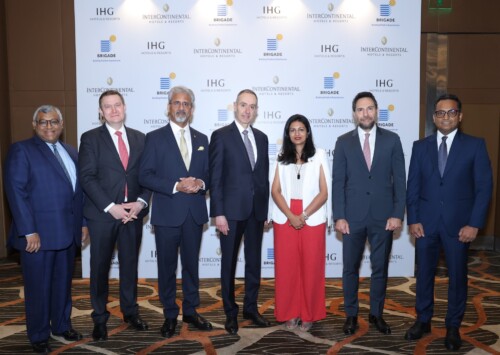Greenpeace report
Biz@India
Greenpeace says in its last report that India’s air pollution levels overtook that of China in 2015 for the first time in this century, after studying satellite data from American space agency NASA. The Non Governmental Organisation (NGO) adds that India’s pollution monitoring network is underdeveloped compared to its Chinese counterpart and insufficient to tackle huge health issues.
“For the first time this century, the average particulate matter exposure was higher for Indian citizens than that of Chinese people”, said Greenpeace India, adding that “China’s strong measures to curb pollution have contributed to the biggest year-on-year air quality improvement on record while in contrast, India’s pollution levels continued a decade-long increase to reach the highest level on record.”
The problem is not new and its health effects are well documented. According to the World Health Organization (WHO)13 out of 20 of the most polluted cities in the world are in India and air pollution levels have gotten worse the last decade in the country, especially in big cities like Delhi and in Northern India.
According to a study led by Michael Greenstone from the University of Chicago, pollution costs more than 50% of India’s population an average of more than 3 years of life expectancy.
Greenpeace underlines another issue to tackle this urgent matter: India’s National Air Quality Index (NAQI) network has only 39 stations and does not cover many big cities. It compares poorly with the 1,500 Chinese stations, which are not even sufficient to monitor the whole Chinese territory.
The NGO had already stated in a previous report that “for the NAQI system to actually contribute to protecting Indians from hazardous levels of air pollution, efforts should be made to communicate air pollution levels through radio and TV as well as through the internet, and to give actionable instructions on personal protection”, adding that the authorities should issue pollution alerts and encourage the use of air pollution masks and install air purifiers in public buildings such as schools and hospitals.









